Vitreous Carbon Discs and Graphite Discs
Order Vitreous Carbon Discs | Order Graphite Discs | Vitreous Carbon Discs | Graphite Discs
Some application backgroung
The standard SEM stubs used in an SEM are nearly all made from aluminum and sometimes brass. This is fine for many applications if the sample is large enough and can be mounted directly on the stub. However, for small samples, powders, particles in solutions and fibers the finish and the material of the stub can interfere with imaging or X-ray analysis.
Carbon (graphite) or vitreous carbon discs to prevent interference.
To prevent interference of the stub surface you can place a carbon (graphite) disc or a vitreous carbon disc between the stub and the specimen and mount the specimen directly on these discs. Both discs varieties (also called planchets) form a protective shield.
Differences between vitreous carbon discs and carbon (graphite) discs.
Vitreous carbon is superior in hardness, surface finish, mechanical and chemical stability but it is more expensive than carbon discs. The table below will give guidance to which material is best for the application at hand. Generally speaking, vitreous carbon is the better choice, but for less demanding applications carbon (graphite) discs will do just fine.
|
Key: V= Best O= Medium X= Not Recommended |
Vitreous Carbon Disc |
Carbon (Graphite) Disc |
|
Smooth surface |
V |
X |
|
Hard Surface |
V |
X |
|
Easy to clean and re-use |
V |
O |
|
SE Imaging |
V |
X |
|
BSE Imaging |
V |
V |
|
X-ray Microanalysis |
V |
V |
|
Spectral Analysis |
V |
O |
|
Aqueous Solutions |
V |
X |
|
Pricing |
O |
V |
|
High Purity |
V |
V |
|
Conductivity |
V |
V |
|
Packaging |
Each |
Pkg/10 |
Vitreous Carbon Discs
 |
Vitreous carbon, glassy carbon or glass-like carbon has many application in research, science, metallurgy and chemical analysis. For microscopy related techniques this material has a number of desirable properties which makes it an ideal substrate material:
- Vitreous carbon combines the glassy, ceramic properties of carbon with those of graphite
- It is a conductive material
- It is a high purity, hard, non-porous, corrosion resistant material
- Impermeable to gasses and / or liquids
- Good thermal stability and great resistance against thermal shock
- Smooth surface
- Less hydrophobic than graphite
For microscopy and analytical applications it is important to know that the smooth surface gives rise to low electron signals, both for secondary electrons (SE) and backscattered electrons (BSE). The high purity carbon material contributes only C to the X-ray spectrum which makes vitreous carbon ideal for EDX and WDX investigations of small samples, powders, particulates, and fibers. Vitreous carbon acts less hydrophobic than graphite and is more suitable to prepare particles in aquaeous solution where the solution will spread more evenly over the surface.
|
Physical Properties of HG Grade Vitreous Carbon |
|
|
Maximum Temperature (vacuum or inert gas),ºC |
3000 |
|
Density, g/cm3 |
1.42 |
|
Hardness, Vickers, HV |
230 |
|
Permeability Coefficient, cm2/s |
10-9 |
|
Open porosity, % |
0 |
|
Young's Modulus, GPa |
35 |
|
Compressive Strength, Gpa |
0.48 |
|
Flexural Strength, Gpa |
0.26 |
|
Thermal Conductivity (30ºC) W/km |
6.3 |
|
Electrical Resistance (30ºC), Ωµm |
45 |
|
Thermal Expansion Coefficient (20-200ºC), /K |
2.6x10-6 |
Surface finish of Vitreous Carbon Discs
The Vitreous carbon discs are lapped on one side to provide a smooth surface, typically 0.05 – 0.01μm. They can be used many times after cleaning and lapping. For lapping we suggest to use either diamond lapping film with water or SiC in water suspension.
Purity, handling and sizes of the vitreous carbon discs.
The high purity vitreous carbon material has less than 30ppm impurities in total. Typical impurities for vitreous carbon can be:
- Ca 10ppm
- Si 14ppm
- Al, Fe, K, Na, Ni and Sn all less than 1ppm
- Ba, Be, Bi, Cd, Co , Cr, Cu, Mg, Mo, Sr, Ti, V, W, Zn and Zr all less than 0.1ppm
The sizes available are 10, 12.7, 19.0 25.4 and 32mm diameters which fit on a the most popular pin stubs and cylinder mounts. The discs have a thickness or either 2 or 3mm and can be easily handled. For SEM application we suggest to use a conductive strong carbon glue (preferable) or silver glue to mount the vitreous carbon discs on the SEM stubs.
Graphite Discs
-
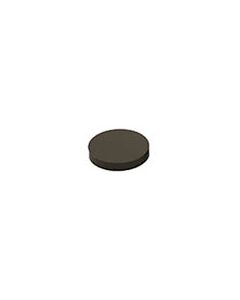 High Purity Vitreous Carbon Planchet / Disc 32.0 x 3.0mmSKU: AU-10-008262Units Per Package: 1From: $397.46
High Purity Vitreous Carbon Planchet / Disc 32.0 x 3.0mmSKU: AU-10-008262Units Per Package: 1From: $397.46 -
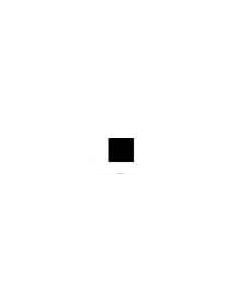
-
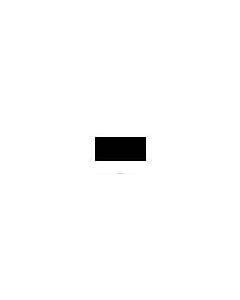
-
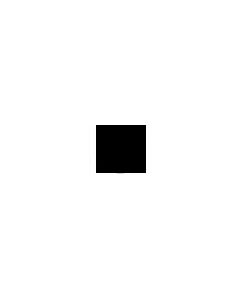
-
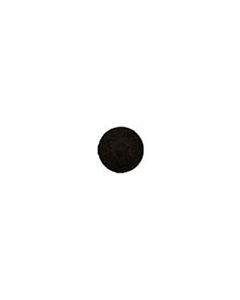 High Purity Graphite Planchet / Disc 10.0 x1.6mmSKU: AU-10-008210Units Per Package: 10From: $3.65
High Purity Graphite Planchet / Disc 10.0 x1.6mmSKU: AU-10-008210Units Per Package: 10From: $3.65 -
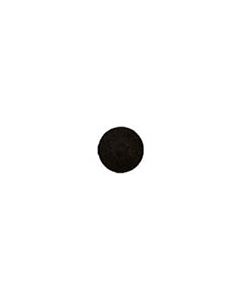 High Purity Graphite Planchet or Disc, 12.7 x1.6mmSKU: AU-10-008213Units Per Package: 10From: $2.54
High Purity Graphite Planchet or Disc, 12.7 x1.6mmSKU: AU-10-008213Units Per Package: 10From: $2.54 -
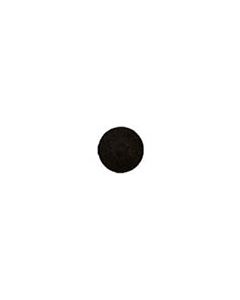 High Purity Graphite Planchet or Disc, 25.4 x1.6mmSKU: AU-10-008225Units Per Package: 10From: $3.41
High Purity Graphite Planchet or Disc, 25.4 x1.6mmSKU: AU-10-008225Units Per Package: 10From: $3.41 -
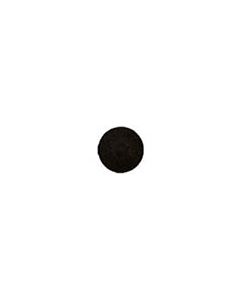 High Purity Graphite Planchet or Disc 32.0 x1.6mmSKU: AU-10-008232Units Per Package: 10From: $3.94
High Purity Graphite Planchet or Disc 32.0 x1.6mmSKU: AU-10-008232Units Per Package: 10From: $3.94 -
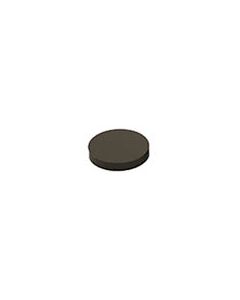 High Purity Vitreous Carbon Plancets / Disc 10.0 x 2.0mmSKU: AU-10-008240Units Per Package: 1From: $213.49
High Purity Vitreous Carbon Plancets / Disc 10.0 x 2.0mmSKU: AU-10-008240Units Per Package: 1From: $213.49 -
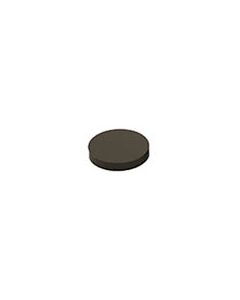 High Purity Vitreous Carbon Planchet / Disc 12.7 x 2.0mmSKU: AU-10-008243Units Per Package: 1From: $225.98
High Purity Vitreous Carbon Planchet / Disc 12.7 x 2.0mmSKU: AU-10-008243Units Per Package: 1From: $225.98 -
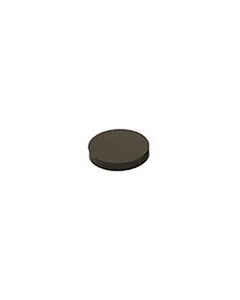 High Purity Vitreous Carbon Plancets / Disc 19.0 x 2.0mmSKU: AU-10-008249Units Per Package: 1From: $275.95
High Purity Vitreous Carbon Plancets / Disc 19.0 x 2.0mmSKU: AU-10-008249Units Per Package: 1From: $275.95 -
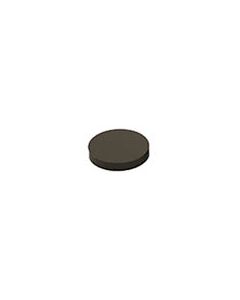 High Purity Vitreous Carbon Planchet / Disc 25.4 x 3.0mmSKU: AU-10-008255Units Per Package: 1From: $306.61
High Purity Vitreous Carbon Planchet / Disc 25.4 x 3.0mmSKU: AU-10-008255Units Per Package: 1From: $306.61
